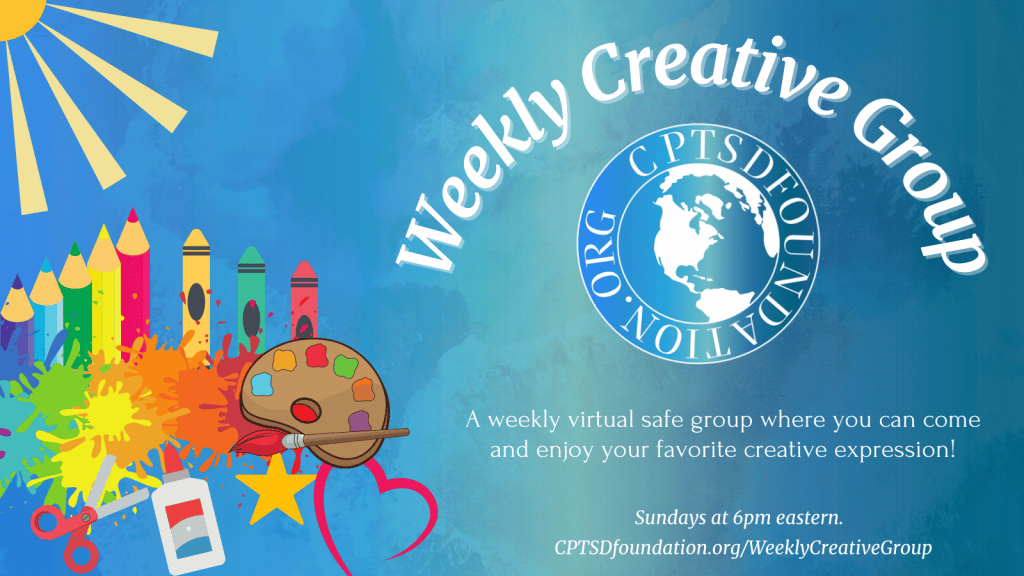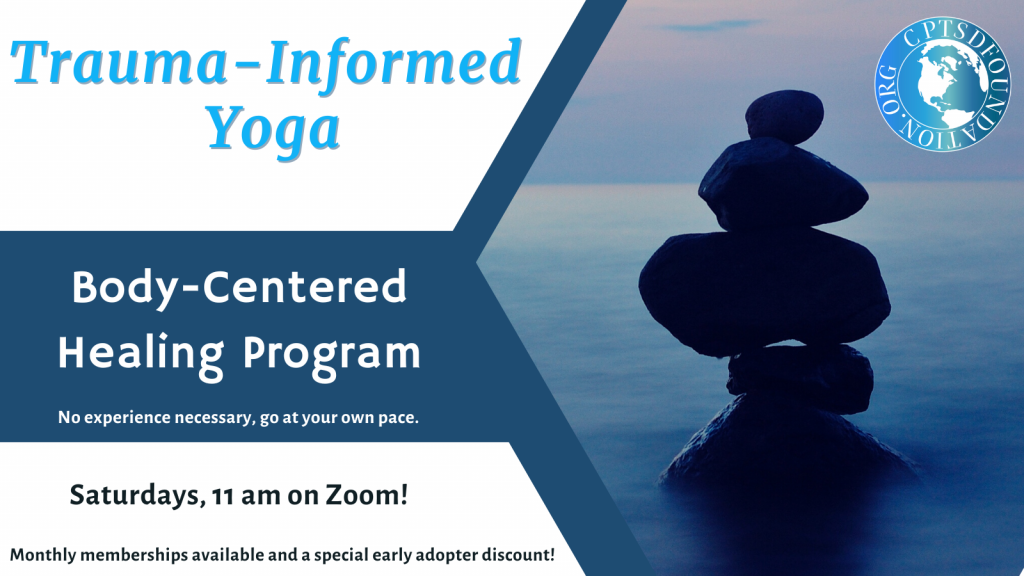Psychiatric medication saves lives. It also leaves some patients feeling dulled, detached, or stalled. Both can be true at once. The common narrative favors quick slogans about stabilization and getting a life back. Trauma work requires a harder question: are we supporting recovery, or muting alarms that were installed for good reasons and now need careful recalibration rather than silence?
What the numbers show
In recent national data, roughly one in eight U.S. adults used antidepressants in the pre-pandemic window, a proportion likely higher today. Most prescriptions cluster around SSRIs and SNRIs such as sertraline, fluoxetine, escitalopram, duloxetine, and venlafaxine. These medicines adjust serotonin and norepinephrine signaling and can provide essential relief for major depression, panic, and some trauma-related symptoms. The pharmacology is straightforward. The clinical picture is not. When the core injury is a chronic threat and attachment disruption, the nervous system’s signals are not simply noise to be turned down. They are evidence that must be read accurately and treated in sequence.
Lifeline for some, lockbox for others
There are patients who cannot get through a day without pharmacologic support. With the right agent, dose, and monitoring, the floor holds. That outcome matters. It is not the whole story. Many trauma survivors describe a blunted emotional range on antidepressants. They function, yet they do not feel. Appetite, intimacy, and initiative flatten. Numbness can look like stability from the outside and can be praised as progress. In trauma treatment, emotional presence is not optional. People must feel in order to process, integrate, and resolve. Turning down the volume indiscriminately can delay the work that actually changes a life.
The fast lane to a prescription
Primary care and brief psychiatric visits are efficient by design, and efficiency can become a liability. Complaint lists get matched to medications in minutes. Histories of beatings, neglect, coercion, or chronic terror are rarely mapped. Hypervigilance becomes “anxiety,” shutdown becomes “depression,” and mixed arousal can be misread as bipolar-spectrum. The result is a diagnosis with a dosage rather than a formulation with a plan. Too often, new agents are started while old ones are not clearly stopped, creating risky polypharmacy by accident. When that lands a patient in an emergency department, the chart reads “noncompliance” instead of “uninformed compliance.” That is a clinical error with ethical consequences.
Do not romanticize discontinuation
The backlash lives online: stop the meds and reclaim your emotions. This is dangerous advice. Antidepressants are not over-the-counter pain relievers. Abrupt discontinuation can trigger withdrawal syndromes that include sensory disturbances, rebound depression, and medical risks. Tapering requires medical oversight and a schedule tailored to the drug, dose, and duration of use. Autonomy matters. So does accurate information.
Symptom or signal
Flashbacks, startle, and flooding are not defects. They are adaptations that made sense when the environment was unsafe. A fire alarm is loud because the stakes are high. In trauma care, the task is to decide when the alarm is still tracking present danger and when it is misfiring based on the past. Medication can create room to think and plan. It cannot replace the assessment that asks what happened, what still happens, and what the body is trying to prevent. One person may require daily pharmacologic support. Another may benefit from targeted, time-limited use while trauma processing and skills work take root. Precision lives in the match, not the ideology.
Ethics where medicine meets trauma
Trauma-informed prescribing begins with a complete history, clear goals, and informed consent that is more than a signature. Patients deserve to know what a medication does, how the benefit will be measured, what side effects to watch for, how discontinuation works, and what non-pharmacologic options stand beside it. They also deserve a clinician who asks about violence, coercion, sleep, dissociation, and current safety. When those steps are skipped, survivors are medicated into quiet rather than guided toward resolution. That is not just a missed opportunity. It is a breach of ethical care.
Final thoughts
This is not an argument against medication. It is an argument for sequencing, clarity, and respect for the biology of threat. If a medicine gives you a margin to live, that margin matters. If it leaves you unable to cry, laugh, or connect, that is a clinical signal, not a moral failure. The question is not whether psychiatric drugs are good or bad. The question is whether they are prescribed with a full trauma history, a clear plan, and the patient’s informed permission to proceed.
References
Brody DJ, Gu Q. Antidepressant Use Among Adults: United States, 2015–2018. NCHS Data Brief No. 377. 2020.
Mayo Clinic Staff. Antidepressants: Side effects. MayoClinic.org.
Centers for Disease Control and Prevention. Mental Health Data and Statistics. 2024.
U.S. Food and Drug Administration. Withdrawal symptoms from antidepressants. 2021.
Photo by Myriam Zilles on Unsplash
Guest Post Disclaimer: Any and all information shared in this guest blog post is intended for educational and informational purposes only. Nothing in this blog post, nor any content on CPTSDfoundation.org, is a supplement for or supersedes the relationship and direction of your medical or mental health providers. Thoughts, ideas, or opinions expressed by the writer of this guest blog post do not necessarily reflect those of CPTSD Foundation. For more information, see our Privacy Policy and Full Disclaimer.
Dr. Mozelle Martin is a retired trauma therapist and former Clinical Director of a trauma center, with extensive experience in forensic psychology, criminology, and applied ethics. A survivor of childhood and young adulthood trauma, Dr. Martin has dedicated decades to understanding the psychological and ethical complexities of trauma, crime, and accountability. Her career began as a volunteer in a women’s domestic violence shelter as a hospital advocate, later becoming a Police Crisis Therapist working alongside law enforcement on the streets of Phoenix. She went on to earn an AS in Psychology, a BS in Forensic Psychology, an MA in Criminology, and a PhD in Applied Ethics, ultimately working extensively in forensic mental health—providing psychological assessments, crisis intervention, and rehabilitative support within prisons and jails. Dr. Martin is also pursuing advanced legal studies at ASU Law, focusing on internet/cyber-defamation and constitutional law to advocate for stronger protections against targeted professional attacks online. A published author and lifelong student of life, she continues to explore the intersections of forensic science, mental health, and ethical accountability in both historical and modern contexts.





I agree fully with the information in this article. From early childhood until the age of 42, I coped with sexual, physical and emotional abuse from my father, stepfather and husband, by completely dissociating. After I finally left my marriage I began to unravel as I no longer had any reason to continue to fight. My doctor asked me to try an antidepressant to deal with the overwhelming emotions now coming up. I did try them but the numbing effect was similar to the dissociation so I stopped and she got me into therapy.Now, at the age of 74, and after many years of on and off therapy, I can see the benefits of having the full use of my mind throughout the process of understanding the why and how I’ve been affected by both the trauma and the therapy. Having said this, I can also see the need for medication when the emotions are so new and frightening. But therapy needs to be the main lifeline.
Lesley, thank you for sharing such a powerful piece of your story. What you described—dissociation as survival, unraveling after safety, the numbing overlap between meds and trauma response—is so real, and so often unspoken. Your clarity at 74 is a testament to the lifelong work of healing, and it’s deeply validating to others who may still be in that early fog. I absolutely agree: therapy should be the main lifeline, and when medication is needed, it should support—not replace—that deeper process. I’m honored the piece resonated with you.